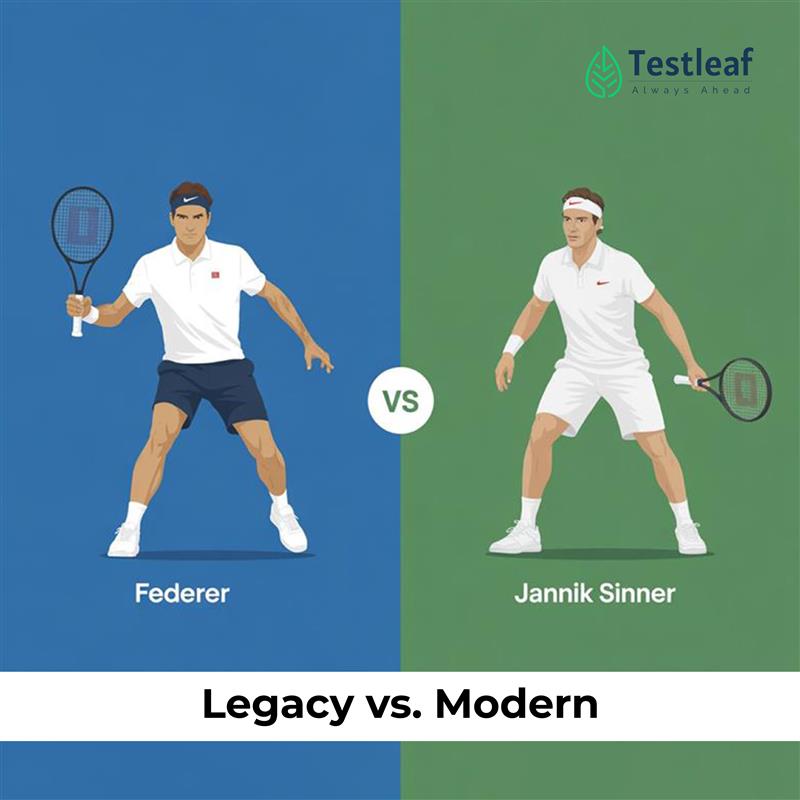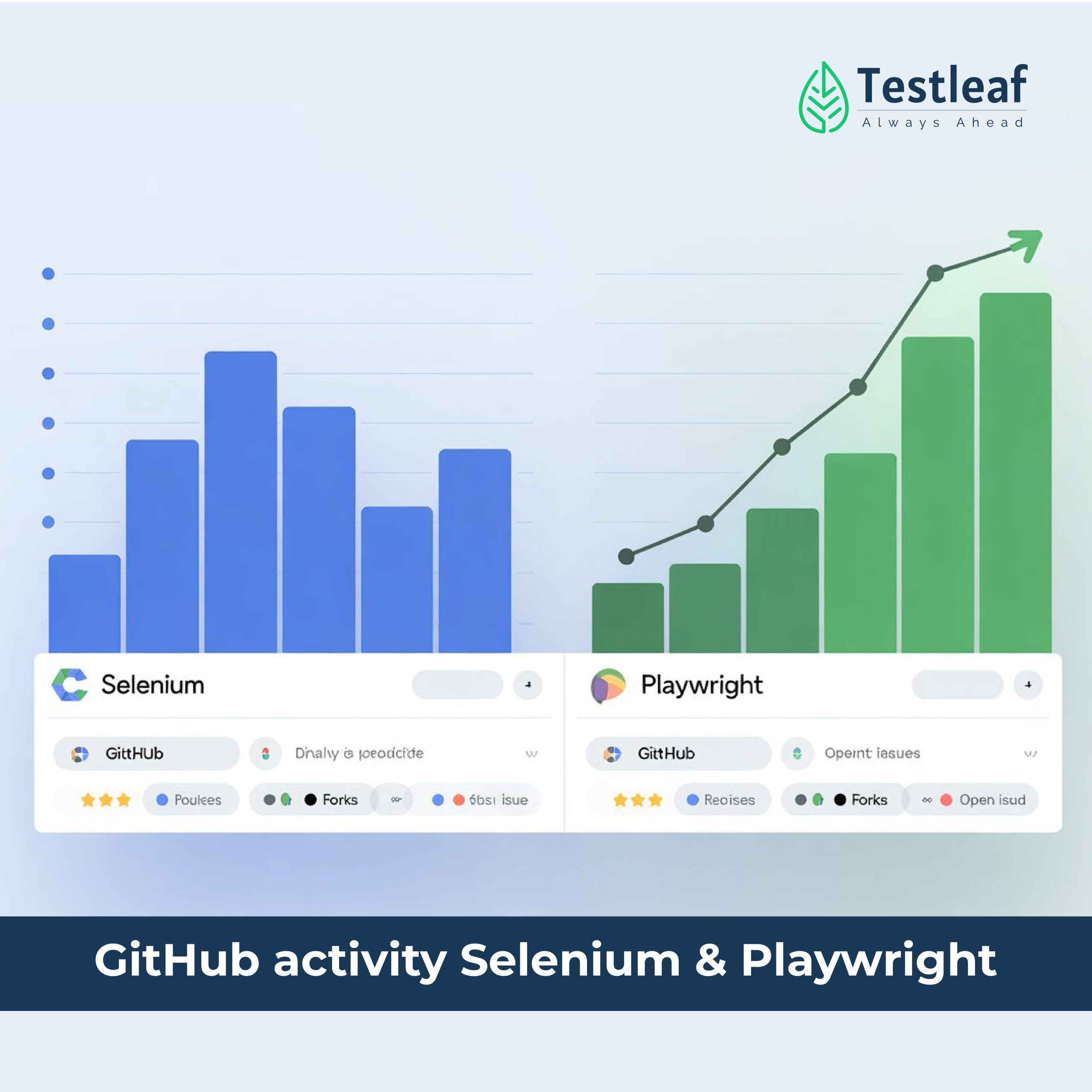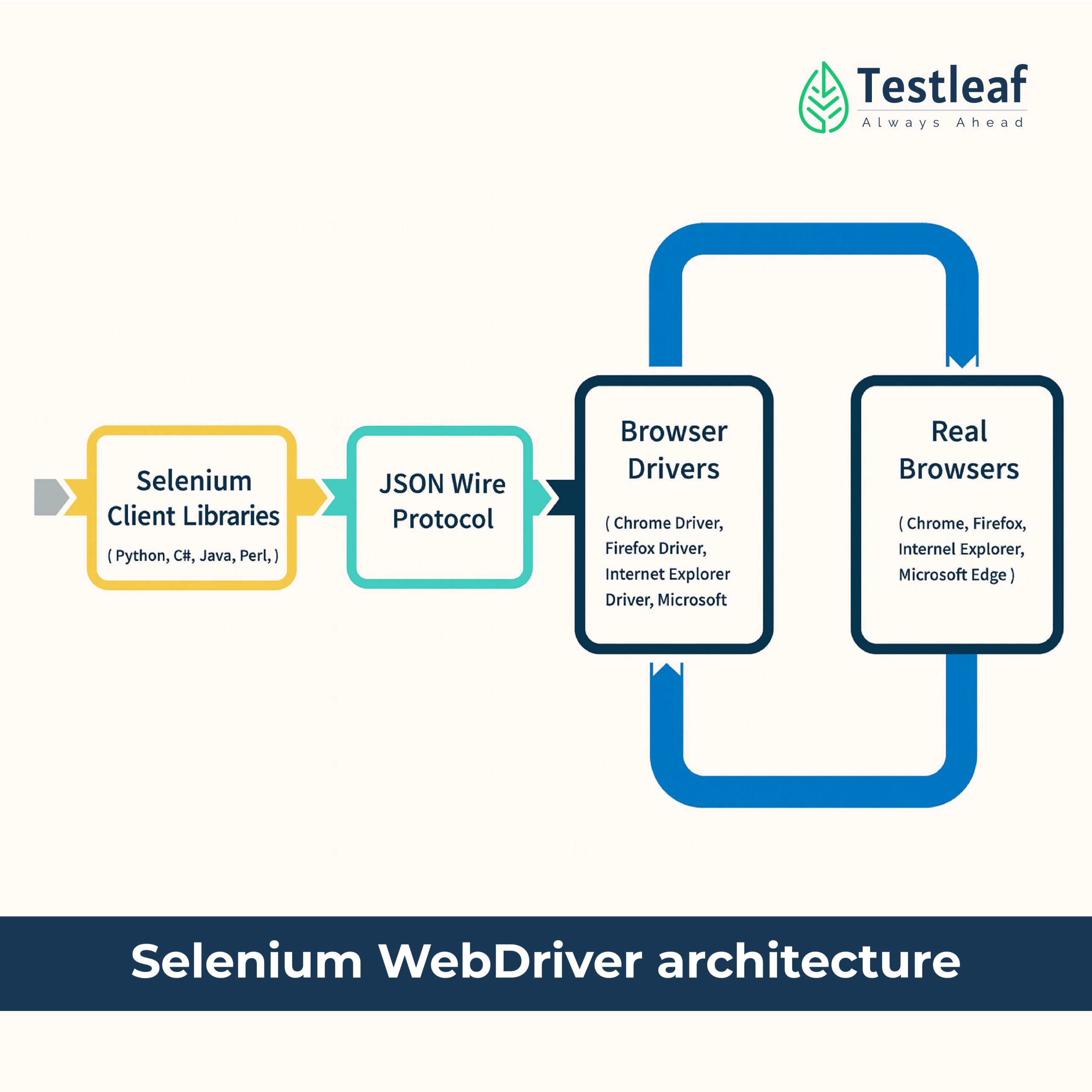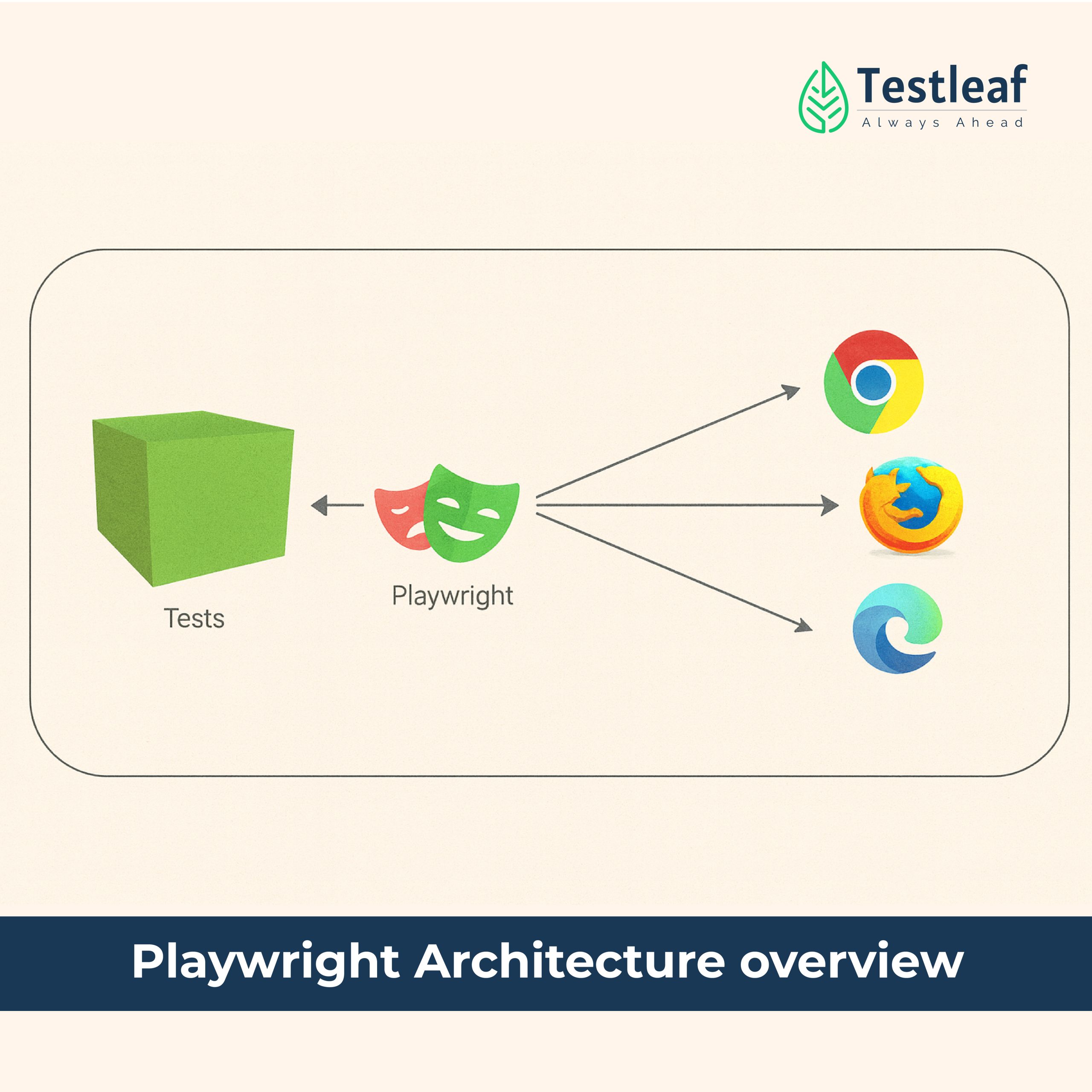Introduction
Test automation has entered a new era—much like tennis itself.
Selenium WebDriver is the Roger Federer of this space: reliable, proven, and with a legacy spanning decades.
Today, a new champion has emerged: Playwright, representing the innovation, agility, and adaptability of Jannik Sinner, the recent Wimbledon champion.
This article provides a strategic, technical, and practical comparison between Selenium and Playwright, with a focus on how new-age frameworks are redefining automation for enterprises and high-velocity product teams.

Historical Context
Selenium WebDriver set the global standard for browser automation, largely due to the pioneering work of contributors like Simon Stewart and Alexei Barantsev.
Their leadership brought about a unified API and deep ecosystem integration, powering test automation in enterprises worldwide.
However, following their exit from active contribution, Selenium—particularly its Java variant—experienced a noticeable slowdown in feature development and release velocity.

This stagnation revealed critical gaps, especially as web applications grew more complex and the need for reliability and speed increased.
Playwright, developed by former Puppeteer core engineers and backed by Microsoft, was purpose-built to address these limitations.
It introduced:
- Unified support for Chromium, Firefox, and WebKit via a single API
- Robust handling of multiple browser contexts and test isolation
- Native iframe, tab, and multi-page scenario support
- Modern TypeScript-first architecture
Playwright capitalized on the architectural and performance gaps that surfaced during Selenium’s slower evolution, delivering rapid innovation and aligning closely with developer and enterprise needs.
GitHub Popularity & Community Engagement
Open-source momentum is a leading indicator of technology adoption.
Following the departure of Selenium’s key architects, the community engagement and release activity around Selenium Java diminished.
In contrast, Playwright rapidly gained traction due to Microsoft’s investment and a highly responsive engineering team.
Playwright’s repository frequently surpasses Selenium in monthly activity, feature velocity, and pull request engagement. Its modern API design, strong documentation, and developer-centric approach have attracted a new generation of testers and SDETs, especially those working in CI/CD and cloud-native environments.

Generative AI has only accelerated Playwright’s lead.
As organizations demand native AI integration, self-healing locators, and advanced code generation, Playwright continues to outpace legacy frameworks by embedding these capabilities natively or through first-party extensions.
The shift is clear: while Selenium’s user base remains large, most new projects and greenfield teams are choosing Playwright as their default.
Architectural Comparison
Selenium WebDriver
- Client–Server Model: Operates using a client-server approach where the WebDriver protocol communicates with browser drivers over HTTP.
- Broad Language Support: Integrates with Java, Python, C#, Ruby, and more, making it highly versatile.
- Mature Ecosystem: Extensive plugins and integrations with frameworks like Cucumber, TestNG, and JUnit.
- Technical Debt: The need to retrofit support for new browser features and asynchronous web behaviours has increased maintenance overhead.

Typical Use Case:
An enterprise with legacy systems, multi-language teams, and complex CI/CD pipelines often continues to rely on Selenium due to its maturity and integration landscape.
Playwright
- Unified API & Engine Abstraction: Automates Chromium, Firefox, and WebKit using a single API without browser-specific drivers.
- Parallelism and Test Isolation: Each test runs in its own context, minimizing flakiness and maximizing reliability.
- Advanced Scenarios: Supports modern web constructs—multi-tab, multi-page, geolocation, permissions, network interception—natively.
- TypeScript First, Multi-Language Ready: Designed for JavaScript/TypeScript, with official Python, C#, and Java bindings.
- AI and Cloud-Native: Native support for features like trace viewer, video capture, and AI-powered selectors.

Use Case Highlight: Choosing Playwright Over Selenium for Dynamics 365 CRM Automation
Approximately two and a half years ago, we were approached by a leading insurance provider to automate their business-critical CRM workflows built on Microsoft Dynamics 365.
Traditionally, the default enterprise stack would have been Selenium Java for UI automation and REST Assured for APIs. However, after assessing the requirements—rapid development, seamless CI/CD integration, traceability, and maintainability—we made a deliberate choice to implement Playwright.
Key Drivers for Playwright Selection:
- Unified Automation: Playwright enabled us to automate both the UI and API layers with one framework.
- Azure DevOps Integration: Native compatibility allowed pipeline-based execution and cross-version validation.
- Enhanced Reporting: Built-in traceability, video capture, and detailed diagnostics streamlined defect communication and resolution.
- Distributed Execution: Leveraging MCP (Model Context Protocol), we achieved parallel, multi-browser, and multi-version test execution at scale.
Outcome:
The Playwright-based approach reduced test flakiness, provided rapid feedback to developers (with actionable video evidence), and significantly accelerated both QA and development life cycles. This strategic choice directly enhanced business agility, reliability, and time-to-market for our client.
Future Outlook
Selenium
- Ongoing Improvements: Selenium 4 has brought W3C standardization, relative locators, and improved grid architecture, keeping it relevant for many enterprise use cases.
- Legacy Integration: Remains strong where migration costs are prohibitive or cross-language compatibility is a must.
- AI Adoption: Progress is incremental, with most AI features dependent on third-party plugins.
Playwright
- Feature Velocity: Frequent updates introduce modern capabilities such as code generation, visual diffing, and deep browser automation.
- AI & Cloud Alignment: First-party support for CI/CD, LLM integrations, and cloud execution pipelines.
- Strategic Fit: Favoured for new projects, rapid releases, and AI-driven engineering teams aiming for future-proof automation.
Personal Insights & Recommendations
Having guided enterprise teams through multiple technology inflection points, I have witnessed the tangible benefits of making proactive architectural choices. Our early adoption of Playwright over Selenium for modern CRM automation paid immediate dividends in speed, reliability, and developer collaboration. Playwright’s trace and video features became instrumental in resolving defects swiftly and improved our communication with development stakeholders.
Recommendation:
- For established systems with deep legacy integrations, Selenium remains viable—especially where diverse language support or legacy test asset reuse is critical.
- For new projects or digital transformation initiatives, especially those prioritizing velocity, reliability, and AI-readiness, Playwright should be the default choice. Upskill teams, pilot Playwright on key modules, and architect with traceability, parallelism, and cloud-native execution from day one.
Conclusion
Selenium WebDriver, like Federer, has shaped the field with its consistency and resilience.
Yet the new age of test automation, defined by cloud, AI, and rapid product iteration, demands the agility, innovation, and modern architecture epitomized by Playwright—and by Jannik Sinner’s Wimbledon victory.
Teams who adapt now, learning from the past while embracing the future, will achieve the greatest engineering outcomes in this dynamic new era.
We Also Provide Training In:
- Advanced Selenium Training
- Playwright Training
- Gen AI Training
- AWS Training
- REST API Training
- Full Stack Training
- Appium Training
- DevOps Training
- JMeter Performance Training
Author’s Bio:

As CEO of TestLeaf, I’m dedicated to transforming software testing by empowering individuals with real-world skills and advanced technology. With 24+ years in software engineering, I lead our mission to shape local talent into global software professionals. Join us in redefining the future of test engineering and making a lasting impact in the tech world.
Babu Manickam
CEO – Testleaf








